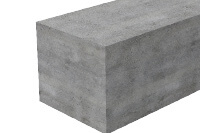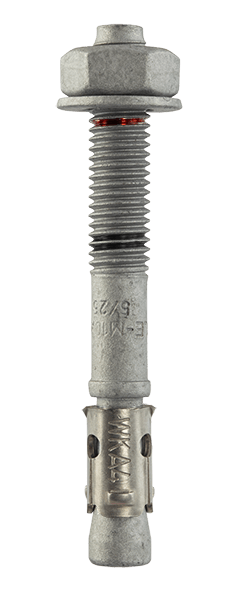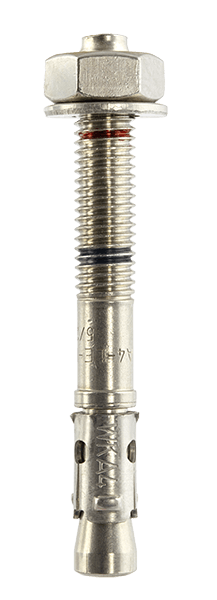One of the prerequisites for the safety of a project, both during its construction and during its use by the public, is the correct execution of the fastenings used to transfer the forces exerted on the substrate. Chemical and mechanical anchors are a type of structural fastening dedicated to the connection of structural elements to the substrate with high and medium loads.
SELECTION OF FASTENERS VERSUS SUBSTRATE
The most important criterion for proper installation is the correct choice of products selected. When selecting a product, the substrate material and its specific parameters must first be taken into account. Many products have a very wide range of applications and are suitable for work in a variety of substrates, while others are suited to the specific anchoring material. The environmental conditions in which the work is undertaken are undoubtedly an important consideration, in particular humidity and the presence of chemicals. The selection of corrosion protection for the anchors derives from environmental issues. Undoubtedly, the close proximity to saline-affected seas and oceans and the immediate vicinity of chemical plants is an indication for the use of materials with a higher corrosion protection class.
A prerequisite for the proper selection of anchors is also a precise determination and calculation of the type of loads that will affect them. Here, static and dynamic loads as well as seismic movements are particularly taken into account. The direction of loading such as tension, pull or a combination of these is also important. Each product should have specific strength parameters in its data sheet, such as load bearing capacity. The load values are decisive for fixing diameters, anchorage depths and the value of the design actions Ed does not exceed Rd (where Ed is the design value of the action effect and Rd is the design value of the resistance against the action).
For proper installation, the distances to edges (cmin) and the minimum axial spacing between anchors (smin) should also be observed. Under no circumstances should minimum values of these parameters be exceeded. For the calculation of the tensile and shear resistance values, the respective design reduction factors must be used.
In addition, the installation parameters prevailing in the substrate must be taken into account. Examples include dry or water-filled concrete, the type of drilling or the diameter of the installation hole. The temperature range in which the anchor will operate is also important.
ADVANTAGES OF STEEL ANCHORS FOR CONCRETE
Expansion anchors are inserted directly into pre-drilled holes in the substrate and their operation is based on the application of forces such as friction or mechanical locking. From the point of view of the forces acting, mechanical anchors can be divided into torque-controlled expansion anchors, strain-controlled expansion anchors and concrete bolts.
The advantage of steel anchors for concrete is the short installation time and the fact that there is no need for a setting interval as is the case with chemical anchors. At the same time, dynamometric expansion anchors guarantee a high load-bearing capacity of the connection and ease of installation. The use of express anchors eliminates the need to pre-position heavy components, which significantly affects the time of installation work.
The principle of the expansion anchor is based on the torque acting on the screw and the tensile force, which is transferred to the concrete through friction between the expansion sleeve and the substrate. The strong pressure and the stress created in the concrete make it necessary to maintain adequate spacing between the fixings.
The LE concrete fixings, with more than 30 years of producing experience, have been designed to optimise installation parameters. Their unique design and high-strength steel effectively transfers loads to the concrete. The anchor design provides high load bearing capacity and enables them to be used at optimum edge and spacing distances.






